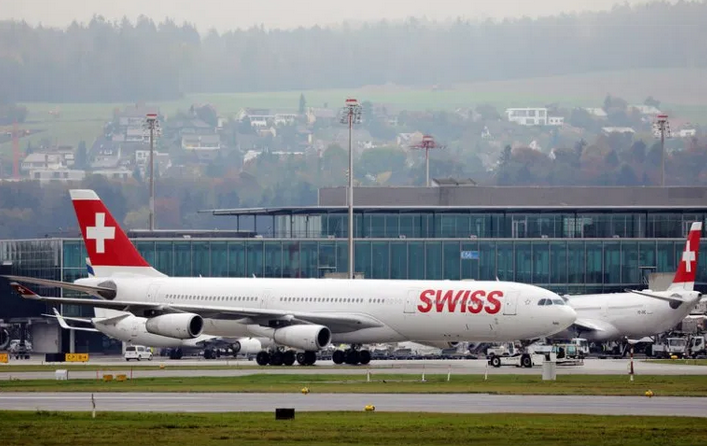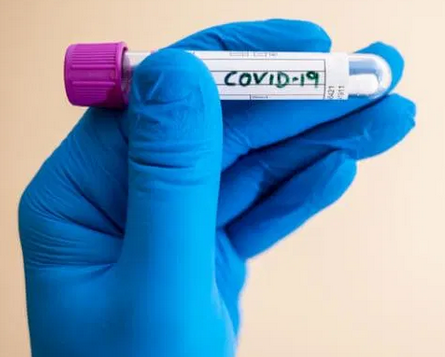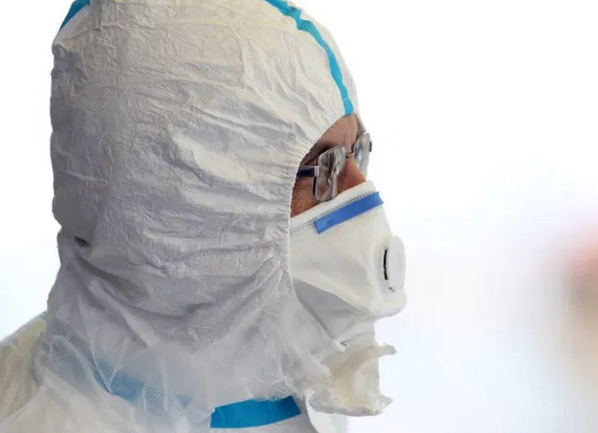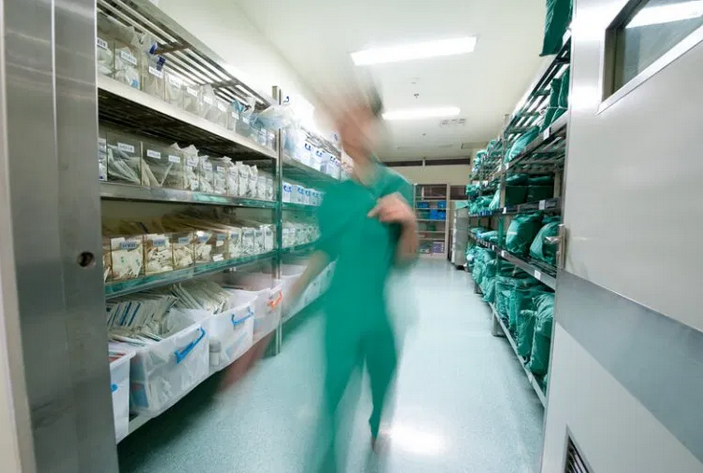© Colicaranica _ Dreamstime.com Over two days last week, Thailand reported a score of new coronavirus cases. All were Thai nationals returning by air from the Middle East. Otherwise, there have been almost no new community or ‘inside country’ cases since mid-May. Thai Airways (as with a growing number of other airlines) requires a “fit-to-fly” ...
Topics:
Investec considers the following as important: 3.) Health, 3) Swiss Markets and News, Coronavirus Switzerland, Covid-19 Switzerland, Editor's Choice, Featured, health, newsletter, SARS-CoV-2 Switzerland, travel
This could be interesting, too:
Investec writes The global brands artificially inflating their prices on Swiss versions of their websites
Investec writes Swiss car insurance premiums going up in 2025
Investec writes The Swiss houses that must be demolished
Investec writes Swiss rent cuts possible following fall in reference rate

© Colicaranica _ Dreamstime.com
Over two days last week, Thailand reported a score of new coronavirus cases. All were Thai nationals returning by air from the Middle East. Otherwise, there have been almost no new community or ‘inside country’ cases since mid-May.
Thai Airways (as with a growing number of other airlines) requires a “fit-to-fly” medical certificate for all passengers; it also obliges passengers to wear face masks throughout the entire flight. Such precautions are more likely to inspire confidence given that masks can reduce transmission by as much as 50 per cent. As a further protection, everyone is screened on arrival in Thailand with foreigners still required to undergo two weeks of quarantine.
For the Thai government, such measures will be maintained until 30 June, 2020, when they will be reviewed. Thailand, which reacted swiftly to the outbreak by imposing extremely strict precautions despite its reliance on tourism for up to 20 per cent of its revenue, remains one of the world’s coronavirus success stories. For a country of nearly 70 million people, it has had just under 3,100 reported cases and fewer than 60 deaths. According to one Thai official, “we are fully aware that despite all our hygiene precautions, passengers still risk infection during flights. That is why they are tested on arrival.”
Thailand’s air travel precautions, but also the experiences with infectious diseases of other Asian countries, such as Vietnam and Taiwan, would be well heeded by European and other western countries – and their airlines. The pandemic is far from over. As health specialists are repeatedly pointing out, now is not the time to relax measures designed to protect lives, particularly with regard to air travel. Yet neither Switzerland nor SWISS, which in earlier days as Swissair ranked as one of the world’s best airlines, appear to be applying the safeguards that have kept Thailand out of serious trouble.
International flights are on the rise – and so are the risks
With the opening up of European borders, travel analysts expect a significant increase in the number of passengers and air services. Most airlines, ranging from Qatar and EasyJet to SWISS, Virgin Atlantic and Turkish, have suffered severely from the shutdowns and are keen to relaunch as quickly – and as fully – as possible. Some airlines are not expected to survive. Hence, as the International Air Transport Association (IATA) makes clear, the primary concern of most airlines is their financial bottom line. On 3 June 2020, SWISS announced a first quarter operating loss of 84.1 million CHF because of the coronavirus’s impact on the airline industry.
Some airlines are making pointed efforts to implement health precautions that will reassure travellers, such as making the wearing of masks mandatory or by ensuring that middle seats remain empty to reduce the risk of contagion. Such measures are not necessarily embraced by SWISS, whose online publicity promotes assurances that “we care about your health.”
When asked why it is not applying such precautions, the SWISS PR department simply repeated what its Chief Operating Officer Thomas Frick had already maintained early last month. The airline is no longer upholding the former rule of keeping every second seat vacant as “sufficient protection is afforded by mouth-nose face coverings,” it said.
This runs counter to World Health Organization norms which pointedly recommend that an “inter-personal distance of 1.5 to 2 m” should always be maintained to minimize the risk of contagion through droplets, usually disseminated from the nose and mouth. WHO, which can only make recommendations, expects to be issuing further guidance in the coming weeks. “This is to support a gradual return to normal operations of passenger travel in a coordinated manner that provides appropriate protection when physical distancing is not feasible,” said WHO’s Stephanie Brickman.
Despite stressing the importance of facemasks, SWISS only recommends their use. In contrast, Finnair, Alaska, American, Delta, Frontier and a host of other airlines require that all passengers and crew wear masks throughout their flights. (More recently, some airlines have instructed their on-board staff not to enforce the mask rule, primarily to avoid inflight confrontations with recalitrant passengers).
SWISS Airlines: Contradictions with social distancing
SWISS’s justification is that the likelihood of infection remains low. According to Frick, “there are no known cases of infection on board SWISS flights since the outbreak of the pandemic.” He added that all aircraft are equipped with high-performance air filters to guarantee air quality of the same standard as in an operating theatre and ensure vertical air circulation instead diffusion in the cabin.”
Switzerland’s current air travel protection concept, which includes hand sanitizer dispensers, frequent cleaning of surfaces, sterilized luggage carts, and Plexiglas panels in departure areas, has been jointly compiled by its airports and partners such as SWISS, Edelweiss Air, Swissport and airport police. While physical distancing is imposed at check-in and boarding, SWISS is not practising it during actual flights, particularly long-haul which can last 10-12 hours, even longer.
As health specialists point out, compared to open check-in counters at airports, inflight journeys represent enclosed spaces with increased density over far longer periods and thus pose a greater risk. Some airlines, such as Delta and JetBlue in the United States, have been keeping the middle seats empty as a form of social distancing. This can help to avoid contamination given that few passengers will be able to avoid direct contact with their seat neighbours if there is no space between them. Yet such magnanimity may have more to do with the fact that many airlines are still only operating with partial capacity and thus can afford to leave middle seats open.
As some analysts point out, the refusal by SWISS and other airlines to leave middle seats empty or to require the wearing of masks appears to have more to do with the need to ensure commercial viability than anything else. The International Air Transport Association (IATA), for example, maintains that the only option is to fill all seats, or to raise ticket prices in order to make flights commercially viable. For this reason, most airlines are dead against enforced social distancing.
SWISS insists that improved hygiene, including air circulation, minimizes the risk of contamination at close quarters. The airline also stresses that it is fully in line with both government and airport requirements. According to SWISS operators, its protection norms remain sufficient and are intended to ensure safe air travel with more than 350 flights from Zurich and Geneva to 70 European destinations as well as New York, Hong Kong, Singapore, Tokyo, Mauritius and Cancun.
SWISS also still does not require a clean bill of health no older than 72 hours as is being increasingly demanded by other airlines. Emirates, for example, is even screening passengers for COVID-19 (the Dubai to Tunis route) with a rapid blood test, which takes as little as 10 minutes. Nevertheless, the efficiency of such rapid testing remains dubious and may serve more as a gimmick than anything else.
A matter of space – and commercial viability
The argument used by SWISS regarding seats is basically the same as IATA, which represents the interests of 260 airlines or 83 per cent of global traffic, but not necessarily those of passengers. In early May, 2020, IATA maintained that the risk of catching COVID-19 on a plane was “low” and hence there is no need to keep the middle seat empty once the industry takes off again. (SWISS halted its open middle seat policy soon after this statement was made). IATA made no mention of the fact that plane travel initially helped spread the virus and is why flights were cancelled in the first place.
Such assertions are questioned by health specialists. For one, they say, unless masks are mandatory, there will always be a risk of infection. Furthermore, there is no evidence to suggest that one can now assume it is safe to fly without social distancing. Keeping the middle seats open is crucial. “Passengers will remove their masks to drink or eat and this immediately poses a risk, particularly if you are sitting within six inches of someone else’s face,” said one American doctor.
IATA, which is based at Geneva airport, supports – but cannot oblige – the wearing of masks by both passengers and crew. It also encourages proposed temporary measures, such as temperature screening. According to health specialists, however, temperature gauging can only serve as an indicator. It does not necessarily determine whether anyone is infected or asymptomatic and therefore capable of passing on the virus.
As medical sources point out, IATA’s evidence for not keeping the middle seats empty is based on interviews with 18 major airlines, almost all of which reported no passenger-to-passenger infections in January and February of this year. This claim has yet to be independently verified as no airline has undertaken any form of tracking. “There is no way of really knowing whether anyone was infected or not. People got off the planes and went elsewhere…they didn’t report back,” admitted one SWISS representative in Geneva. Such assumptions were also drawn from the very early onset of coronavirus when very few people were at risk. This could change radically as air travel numbers rise.
Others agree that while the overall risk probably remains low – it depends from where they are flying – infections can still occur. “Compared to more cramped and less ventilated settings like subways and buses, the risks of getting sick on an airplane are lower overall — though you still face risk from whatever infections the people in your row may be carrying,” noted Rachel Vreeman, director of the Arnhold Institute for Global Health at Mount Sinai’s Icahn School of Medicine. Furthermore, she added, the longer one remains contained in an enclosed space, the less safe one can become.
The world is only just coming to grips with COVID-19. Critical, too, is to pay attention to what happened during previous contagions, such as SARS during the early 2000s. In December, 2003, The New England Journal of Medicine reported that “after one flight carrying a symptomatic person and 119 other persons, laboratory-confirmed SARS developed in 16 persons.” The Journal’s conclusion was that transmission of SARS (which is also a coronavirus, but with certain differences with COVID-19) “may occur on an aircraft when infected persons fly during the symptomatic phase of illness.” Its recommendation was that “measures to reduce the risk of transmission are warranted.”
The world has changed: flying as before is no longer possible
As some analysts note, there will have to be a complete re-thinking of the way air travel (and tourism) is conceived. The days of cheap flights are numbered, if not over. (SWISS and others are still plugging ‘cheap’ flights on their websites in a bid to fill planes). Ultimately, however, as one industry representative put it, airlines will have to start charging more “planetarily realistic prices”. Some expect ticket prices to surge by 30, 50 or even 100 per cent. This is not just because of pandemics but also climate change.
Even if a vaccination for COVID-19 is found soon, notes Dr. David Nabarro, a special advisor to WHO’s coronavirus task force, the risk of reoccurring endemics and pandemics is part of the new reality. Society must “learn to live” with the virus, he recently told BBC’s Hardtalk.
Furthermore, an enormous amount of research remains to determine how the new coronavirus behaves in different environments. Hence claims that flying is without risk or very low remains unfounded. “There are still a lot of things we don’t know,” University of Washington microbiologist John Scott Meschke recently told The Wall Street Journal.
The reality is that no one has any valid idea. So not applying proper measures, including social distancing, means that passengers still risk contamination. This is causing concern among families seeking to return to Europe from Southeast Asia. They are nervous about being obliged to sit in full rows. While most passengers from countries such as Thailand are not likely to be infected given already strict country precautions in place, travelling the other way represents a different kettle of fish.
Edward Girardet is editor of Global Geneva and a foreign correspondent normally based in Geneva and Bangkok. This article was reported out of Southeast Asia and Switzerland.
Tags: Coronavirus Switzerland,Covid-19 Switzerland,Editor's Choice,Featured,Health,newsletter,SARS-CoV-2 Switzerland,Travel








